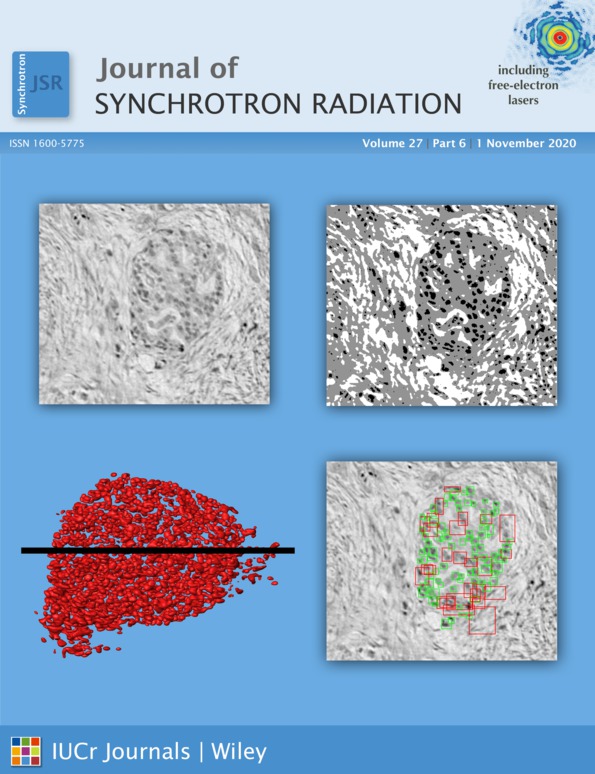Extracting contrast in an X-ray speckle visibility spectroscopy experiment under imperfect conditions
Abstract
Pump–probe experiments at synchrotrons and free-electron lasers to study ultrafast dynamics in materials far from equilibrium have been well established, but techniques to investigate equilibrium dynamics on the nano- and pico-second timescales remain underdeveloped and experimentally challenging. A promising approach relies on a double-probe X-ray speckle visibility spectroscopy setup at split-and-delay beamlines of X-ray free-electron lasers. However, the logistics in consistently producing two collinear, perfectly overlapping pulses necessary to conduct a faithful experiment is difficult to achieve. In this paper, a method is introduced to extract contrast in the case where an angular misalignment and imperfect overlap exists between the two pulses. Numerical simulations of a dynamical system show that contrast can still be extracted for significant angular misalignments accompanied by partial overlap between the two pulses.




